In the quiet courtyards of ancient temples across Asia, a new kind of compassion is taking root. Monks and nuns, traditionally devoted to spiritual practice and human welfare, are increasingly opening their doors to another vulnerable population—stray animals. This unexpected synergy between religious practice and animal welfare is creating sanctuaries where the teachings of compassion extend beyond human boundaries.
The phenomenon isn’t isolated to a single region or tradition. From Buddhist monasteries in Thailand to Hindu temples in India, religious communities are quietly addressing the crisis of stray animals. These shelters operate on a simple principle: all living beings deserve kindness. For many monks, caring for abandoned dogs or injured cats isn’t just charity—it’s a spiritual duty. As one Thai abbot explained, "When we feed a hungry dog, we feed the Buddha nature within ourselves."
This movement has deeper roots than contemporary animal rights activism. Many Eastern religions have long emphasized non-violence toward all creatures. Jainism’s principle of ahimsa (non-harm) and Buddhism’s concept of interconnectedness provide theological foundations for these efforts. What’s new is the organized response to modern problems like urban strays. Temple animals aren’t just fed scraps—they receive medical care, sterilization, and often, adoption services run by volunteers.
The practical challenges are substantial. Temples frequently operate on limited budgets, and veterinary costs strain resources. Some conservative factions within religious communities argue that animal care distracts from human-focused charity. Yet the programs persist, often through creative solutions. In Taiwan, one temple partners with local veterinarians who provide free services as part of their spiritual practice. Another in Sri Lanka trains rescued dogs as therapy animals for disabled visitors.
Visitors to these temples often describe an atmosphere of unique harmony. Dogs lounge peacefully near meditating monks; cats curl around altar flowers without disturbing rituals. This coexistence challenges Western assumptions that religious spaces must be sterile or human-exclusive. As a regular visitor to a Kyoto temple noted, "Seeing monks bottle-feed orphaned kittens while chanting sutras makes the teachings of compassion suddenly very concrete."
The impact extends beyond temple walls. Many shelters run education programs, teaching children Buddhist ecology or Hindu animal myths. Some organize interfaith animal blessing ceremonies that attract secular attendees. This subtle interweaving of spirituality and activism is creating unexpected bridges. In Mumbai, a Muslim volunteer at a Hindu temple’s animal clinic remarked, "Here, we don’t ask which god you pray to before helping a suffering creature."
Critics question whether religious institutions should bear societal responsibilities like animal welfare. But proponents argue that temples have always adapted to community needs—whether running schools, hospitals, or now, shelters. As urban stray populations grow worldwide, these faith-based models offer an alternative to government-run pounds or euthanasia policies. The approach is distinctly non-Western: neither bureaucratic nor confrontational, but rooted in quiet, daily compassion.
The trend may signal a broader shift in religious environmental ethics. As climate change and biodiversity loss accelerate, many traditions are reinterpreting ancient texts through an ecological lens. Temple animal shelters represent one practical manifestation of this "green religion." Their success suggests that faith communities can play vital roles in addressing contemporary crises—not through dogma, but through lived ethics.
Night falls at a mountain temple in Nepal. The day’s last chant fades, but the sanctuary remains alive with soft whimpers and purrs. Here, enlightenment isn’t an abstract goal—it’s present in every bowl filled, every wound bandaged, every once-frightened animal learning to trust human hands again. In these spaces where spirituality and activism merge, perhaps the path to salvation isn’t upward, but outward, embracing all beings who share this suffering world.

By /Jul 7, 2025
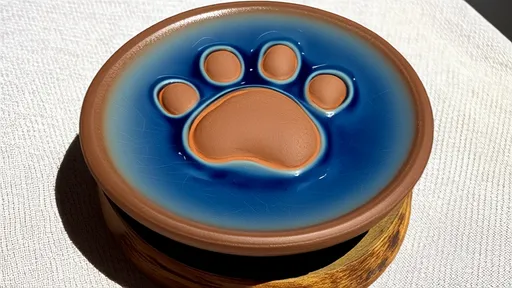
By /Jul 7, 2025
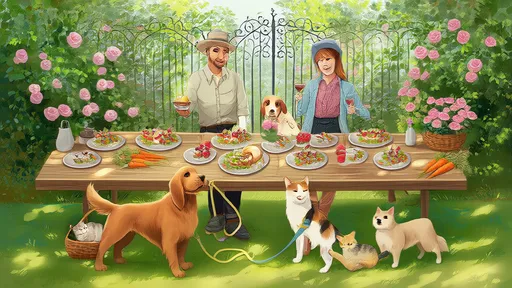
By /Jul 7, 2025

By /Jul 7, 2025

By /Jul 7, 2025
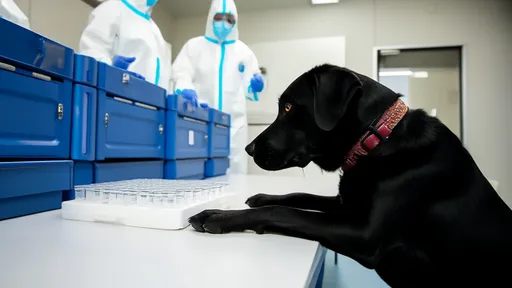
By /Jul 7, 2025

By /Jul 7, 2025
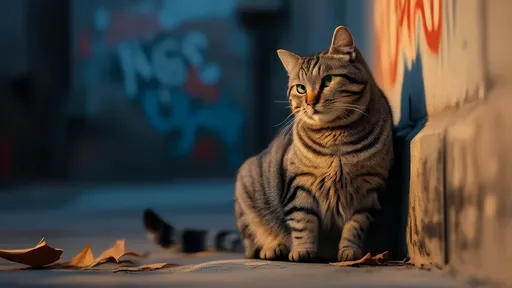
By /Jul 7, 2025

By /Jul 7, 2025
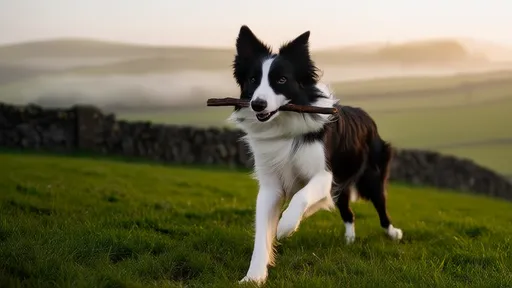
By /Jul 7, 2025
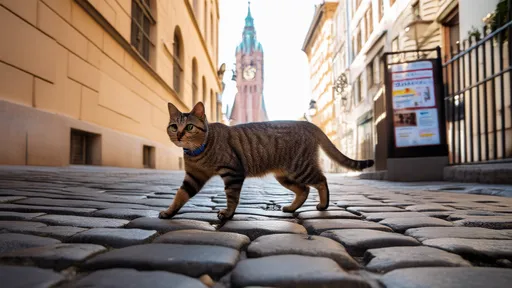
By /Jul 7, 2025

By /Jul 7, 2025

By /Jul 7, 2025

By /Jul 7, 2025

By /Jul 7, 2025

By /Jul 7, 2025
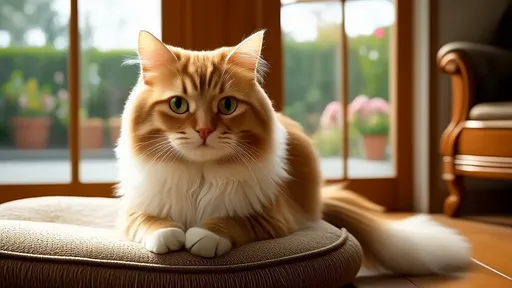
By /Jul 7, 2025

By /Jul 7, 2025